DilmaLocker Ransomware : Technical knowledge
|
Name |
DilmaLocker Ransomware |
|
Type |
Ransomware |
|
Risk |
High |
|
File extension |
".__dilmaV1" |
|
Ransom demand |
$968 (3000 Brazilian Reals Bitcoin) and up to $1000 |
|
Distribution |
Spam emails attachments, infected codes and macros etc. |
|
Infected systems |
Windows |
DilmaLocker Ransomware : Yet another ransomware on the rise
DilmaLocker Ransomware is a newly discovered ransomware that compromises victim's important files and then demand a ransom to pay. It is a malicious program which is designed to encrypt the users files and terrify the users to pay the money in order to save them to generate huge amount of illegal money. It penetrated into your system by many of usual means to make annoyances into your system. Once after entry into your PC it started to search your entire system to collect the files which takes part into the encryption process. It mainly targets files such as documents, images, spreadsheets, pdfs, e-books, and other similar files. It uses AES-256 strong encryption engine algorithm to encode your files and then after lock all of the compromised files by adding their signature name ".__dilmaV1" to each of the files and display a ransom note on the system to pay the ransom of 3000 Brazilian Reals in Bitcoin. It leaves a ransom note called "RECUPERE_SEUS_ARQUIVOS.html" and "dilminha.dat".
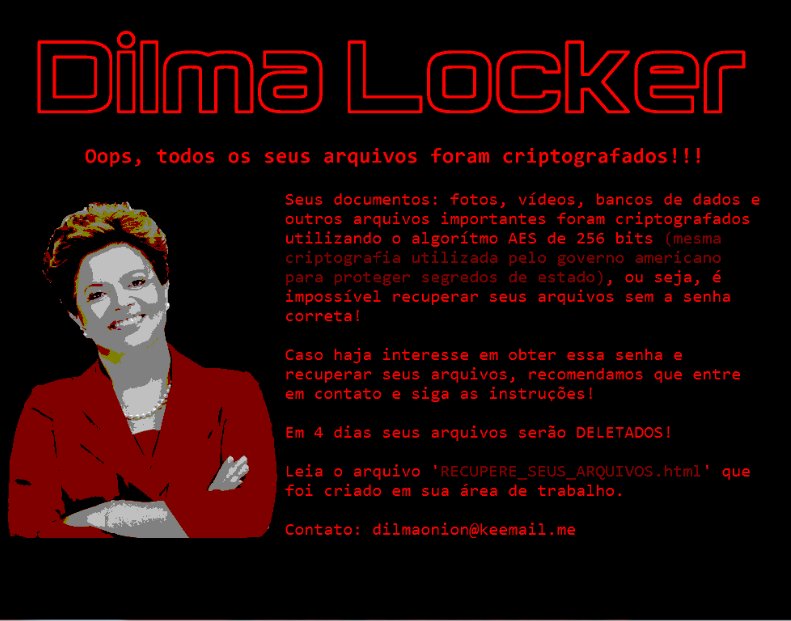
This DilmaLocker Ransomware also generate a pop-up message saying "Seus arquivos foram criptografados" which is in Portuguese which means "your files were encrypted" in English. This malware shown itself as Trojan.Ransom.W32.Dilma.Locker. This new ransom virus also changes your desktop background images and convince you to pay at the address of [email protected] to get all information about the recovery and the hackers also state the victims that all your files will be deleted permanently in four days. In addition the attackers also tricks the users to prove their sole goals and tell the users they can decrypt their one files but it will not be more than 3 MB in size. It mainly attack on your system by using spam email attachments, corrupt codes and infected sites or links.
So it highly suggested to the victims that do not think about to pay the ransom to the hackers because there is no guarantee that they may help you even after payment. So the best solution is to remove DilmaLocker Ransomware from your system by using a latest and powerful anti-malware shield. Then to restore lost files run your kept backup.
Free Scan your Windows PC to detect DilmaLocker Ransomware
Remove DilmaLocker Ransomware From Your PC
Step 1: Remove DilmaLocker Ransomware in Safe Mode with Command Prompt
- First of all disconnect your PC with network connection.
- Click restart button and keep pressing F8 key regularly while system restart.

- You will see “Windows Advanced Options Menu” on your computer screen.
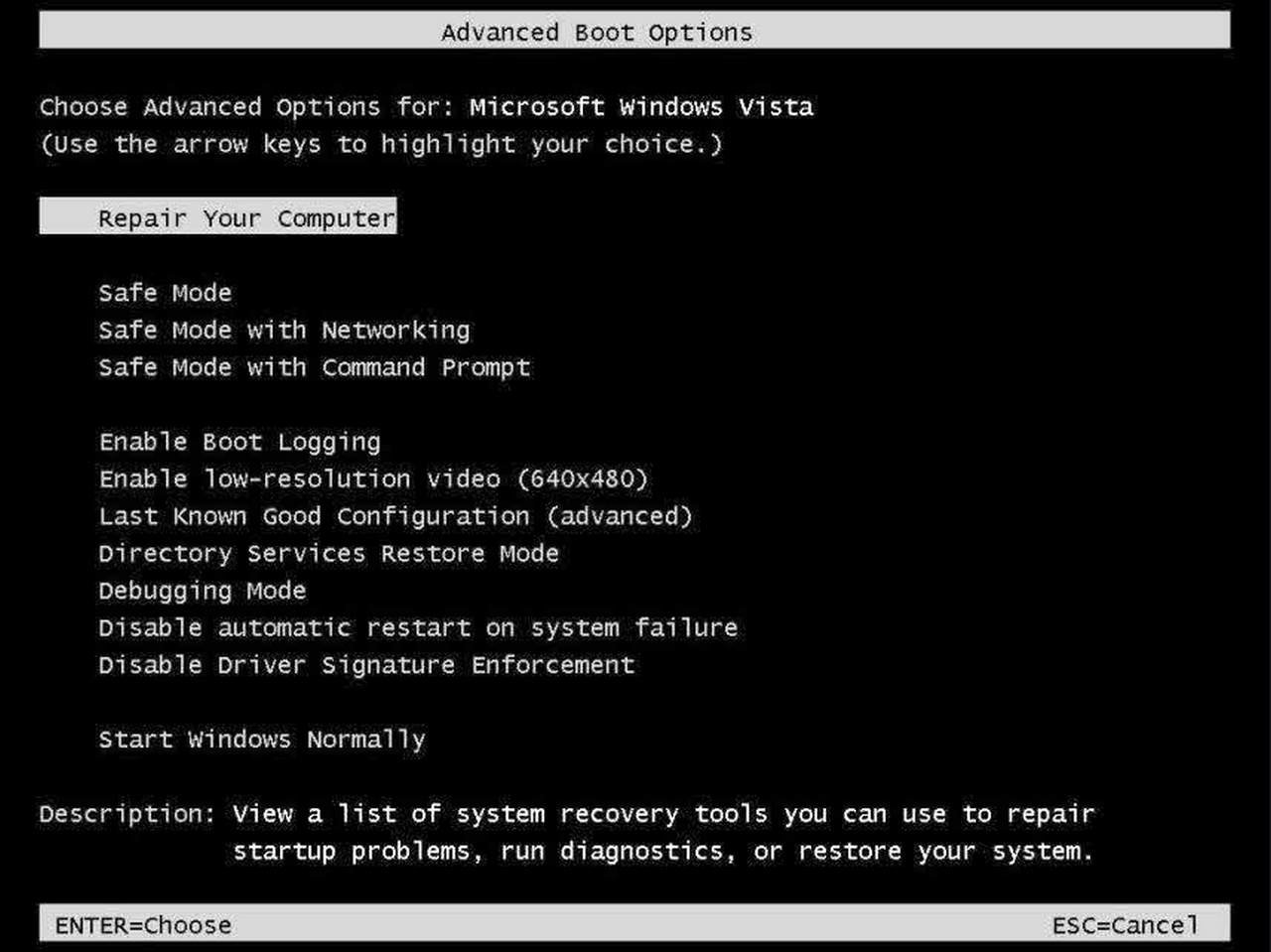
- Select “Safe Mode with Command Prompt” and press Enter key.
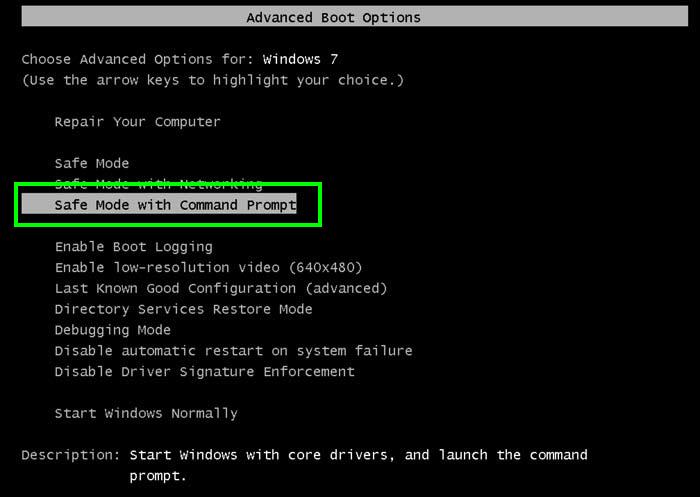
- You must login your computer with Administrator account for full privilege.
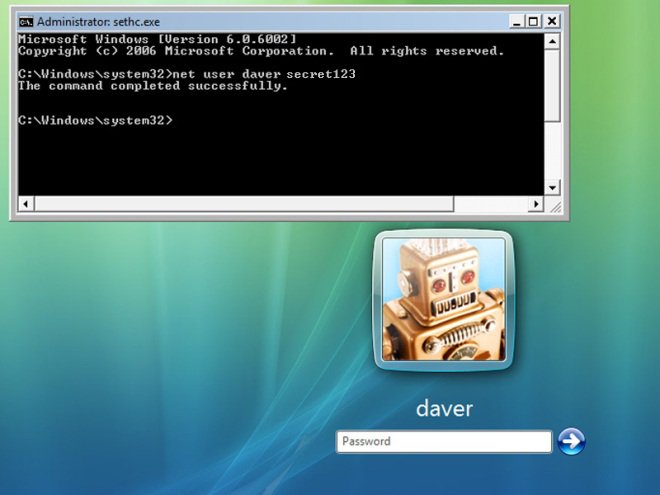
- Once the Command Prompt appears then type rstrui.exe and press Enter
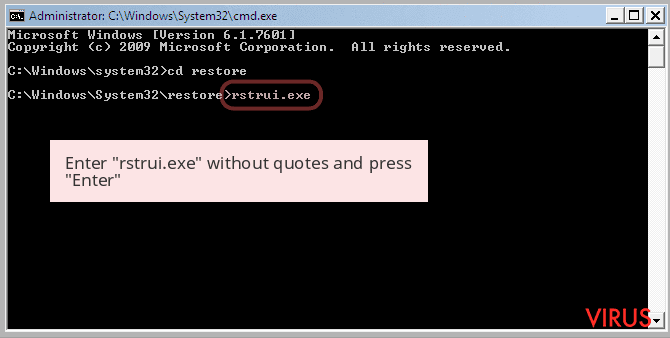
- Now follow the prompts on your screen to complete system restore.
Step 2: Remove DilmaLocker Ransomware using MSConfig in Safe Mode:
- Power off your computer and restart again.
- While booting press the “F8 key” continuously to open “Windows Advanced Options Menu”.

- Use the arrow keys to select “Safe Mode” option and press Enter key.

- Once system get started go to Start menu. Type “msconfig” in the search box and launch the application.
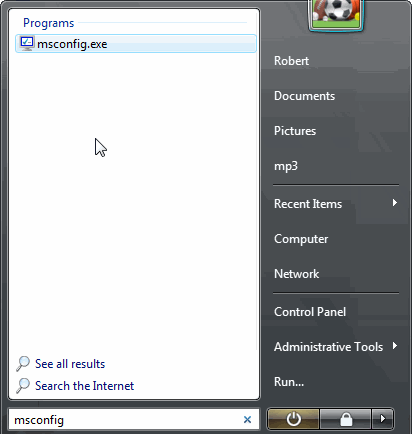
- Go to the Startup tab and look for files from %AppData% or %Temp% folders using rundll32.exe. See an example below:
C:\Windows\System32\rundll32.exe C:\Users\username\appdata\local\temp\regepqzf.dll,H1N1
- Disable all the malicious entries and save the changes.
- Now restart your computer normally.
Step 3 : Kill Malicious Process Related To DilmaLocker Ransomware
- Press Alt+Ctrl+Del buttons together.

- It will open the Task manager on your screen.
- Go to Process Tab and find DilmaLocker Ransomware related process.
- Click the End Process Now button to stop the running process.
Step 4 : Remove DilmaLocker Ransomware Virus From Registry Entry
- Press “Windows + R” key together to open Run Box.

- Type “regedit” and click OK button.

- Find and remove DilmaLocker Ransomware related entries.
HKEY_LOCAL_MACHINE\SOFTWARE\Microsoft\Windows\CurrentVersion\Run
HKEY_LOCAL_MACHINE\SOFTWARE\Microsoft\Windows\CurrentVersion\RunOnce
HKEY_LOCAL_MACHINE\SOFTWARE\Microsoft\Windows\CurrentVersion\RunOnceEx
HKEY_LOCAL_MACHINE\SOFTWARE\Microsoft\Windows\CurrentVersion\RunServices
HKEY_LOCAL_MACHINE\SOFTWARE\Microsoft\Windows\CurrentVersion\RunServicesOnce
HKEY_LOCAL_MACHINE\SOFTWARE\Microsoft\Windows\CurrentVersion\Policies\Explorer\Run
HKEY_CURRENT_USER\Software\Microsoft\Windows\CurrentVersion\Run
HKEY_CURRENT_USER\Software\Microsoft\Windows\CurrentVersion\Runonce
HKEY_CURRENT_USER\Software\Microsoft\Windows\CurrentVersion\RunServices
HKEY_CURRENT_USER\Software\Microsoft\Windows\CurrentVersion\RunServicesOnce
HKEY_CURRENT_USER\Software\Microsoft\Windows\CurrentVersion\Policies\Explorer\Run
Now hopefully you have completely removed the DilmaLocker Ransomware virus from your computer. If you are still get ransom message from the threat or unable to access your files, then it means that virus still remain into your computer. In such situation you don’t have any other option except removing this virus using any powerful malware removal tool.
Whereas if you have any backup of your infected or encrypted files, then you can also reinstall your Windows OS. This will erase all your files and data as along with the DilmaLocker Ransomware infection. You will get a completely empty computer system with no files. Now you can use your backup to get your files. If you don’t have any backup then using malware removal tool is a better option for you.
If you have any query or question regarding your computer, then you can easily ask your problem to our experts. Go to the Ask Any Question page and get the answer for your query directly from out experts.




